
About the project
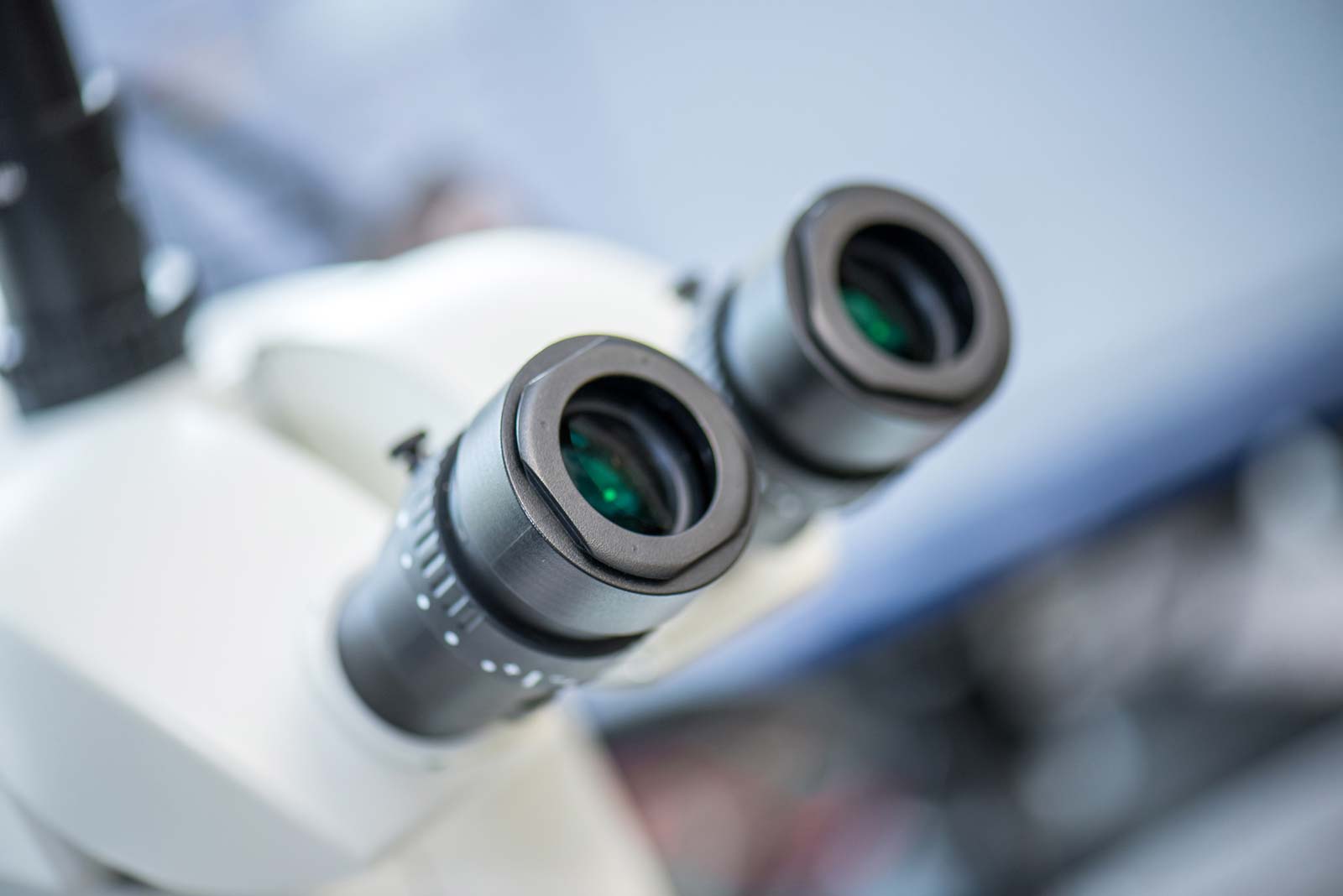
Foto: ZALF / Jarno Müller
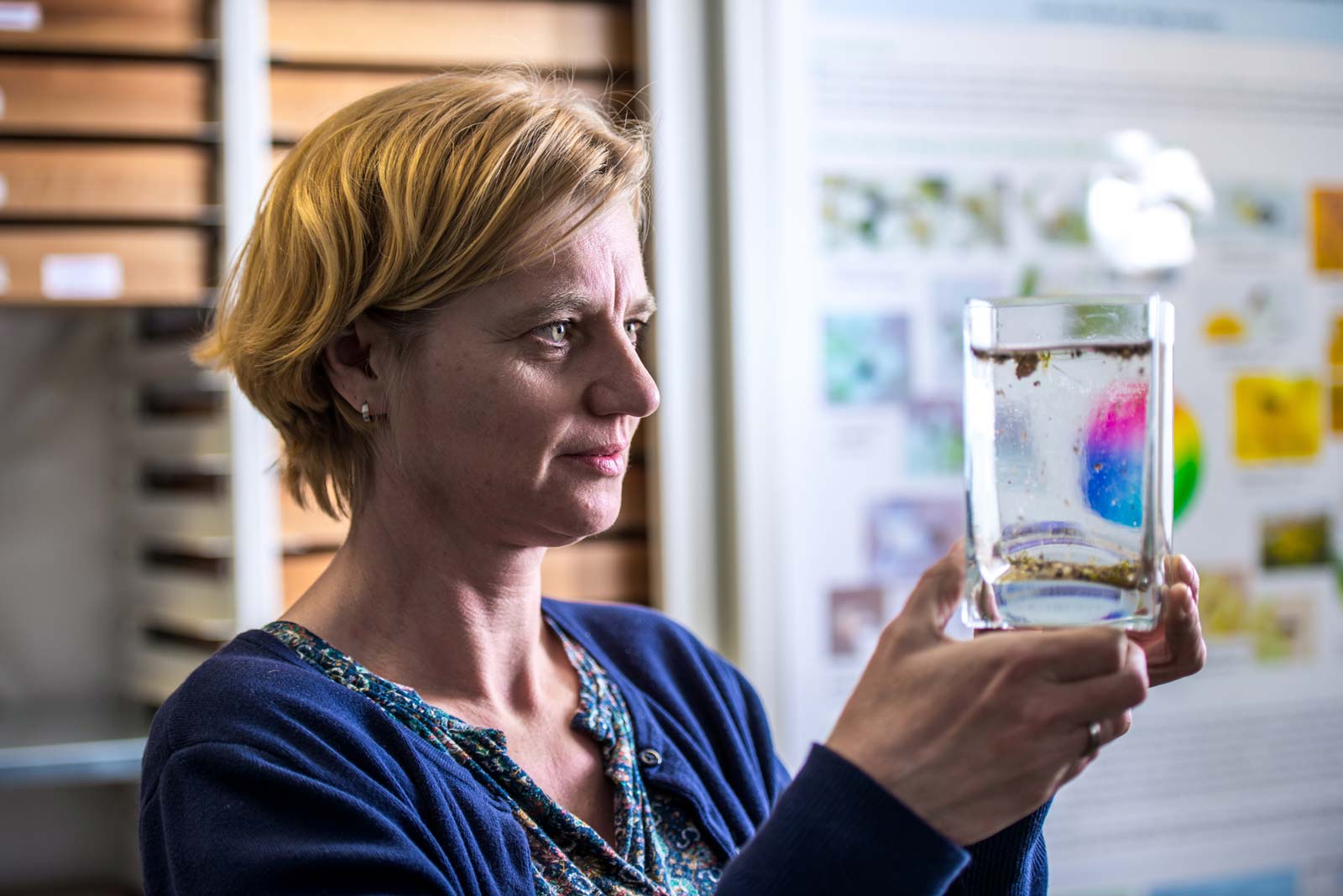
Foto: ZALF / Jarno Müller
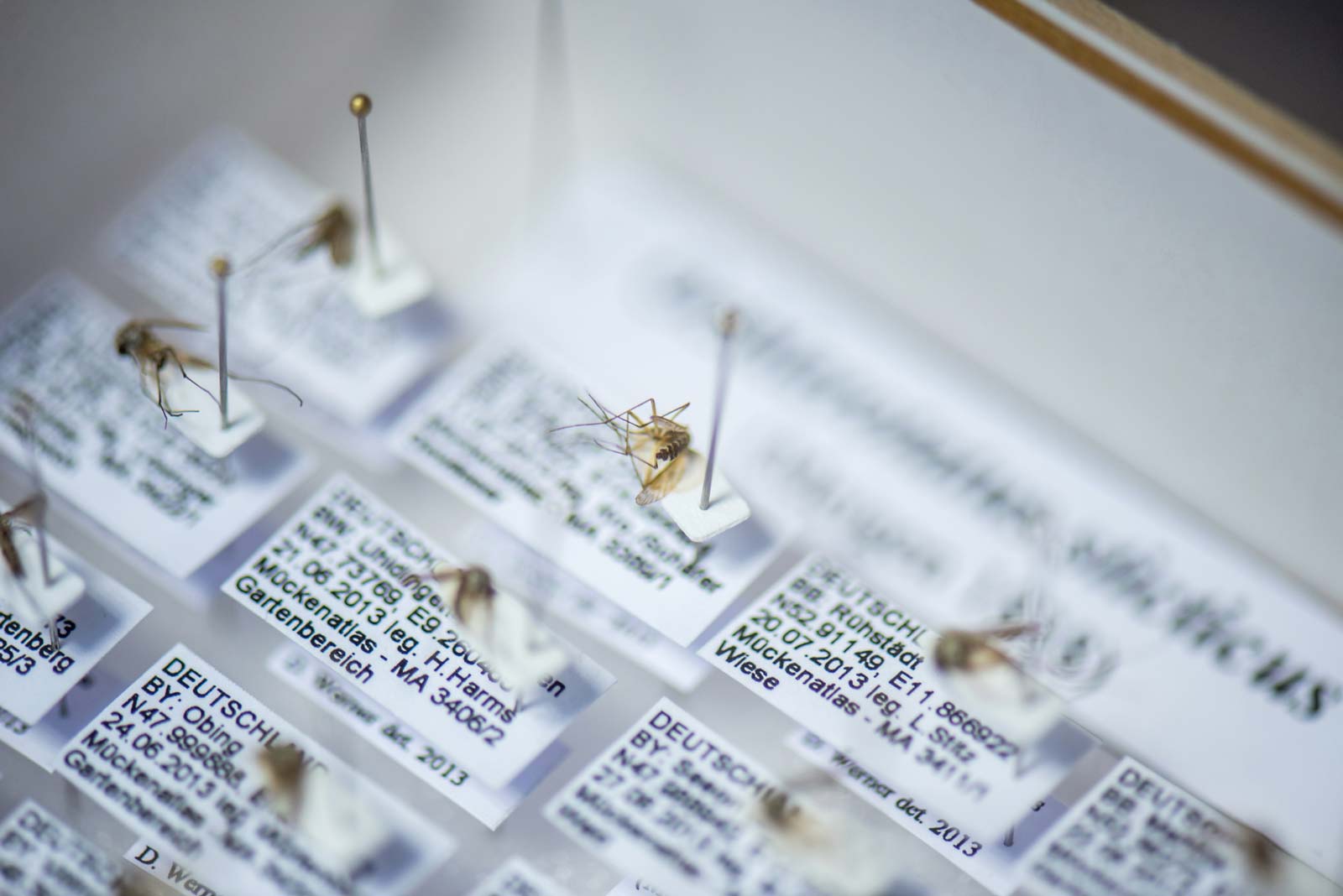
Foto: ZALF / Jarno Müller
The Mückenatlas (Mosquito Atlas) is an extraordinarily successful citizen science project which went online in April 2012. Citizens are asked to collect mosquitoes in their private surroundings, kill them by freezing and send them to the research institutions involved (Leibniz Centre for Agricultural Landscape Research or Friedrich-Loeffler-Institut). Here, the mosquitoes are morphologically or genetically identified to species by experts in entomology who will inform the ‚mosquito hunters‘ on the species they have sent and provide them with the major biological facts on the collected species. The submission data directly contribute to mosquito research and public and animal health in Germany.

How to participate
Support the Mückenatlas by catching and submitting mosquitoes! So far, over 37 000 participants have caught more than 207 000 mosquitoes for research. Prepare yourself or grab your friends or family members and set off for an exciting hunt. Send us your intact specimen(s) and save yourself a spot on our Collector’s Map!

1. Catching
No smashing or swattering: The mosquito shall remain intact. We recommend using closable containers made of glass, plastic, cardboard or similar. Place the container slowly over the insect when it comes to rest and close the lid. You can also use a paper that you slip under the opening before closing the container to keep the animal inside.
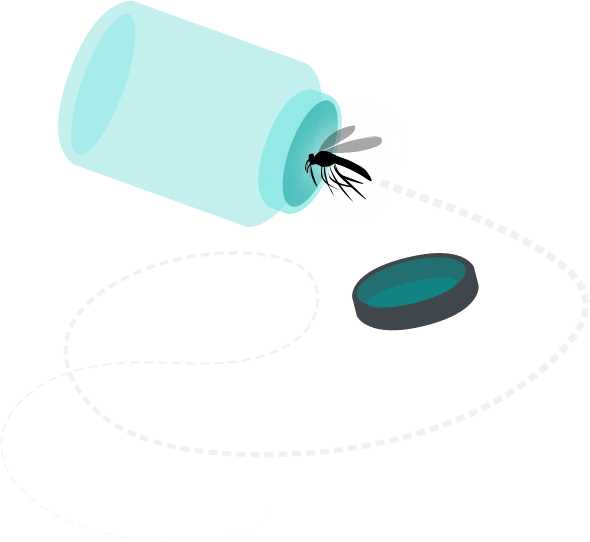
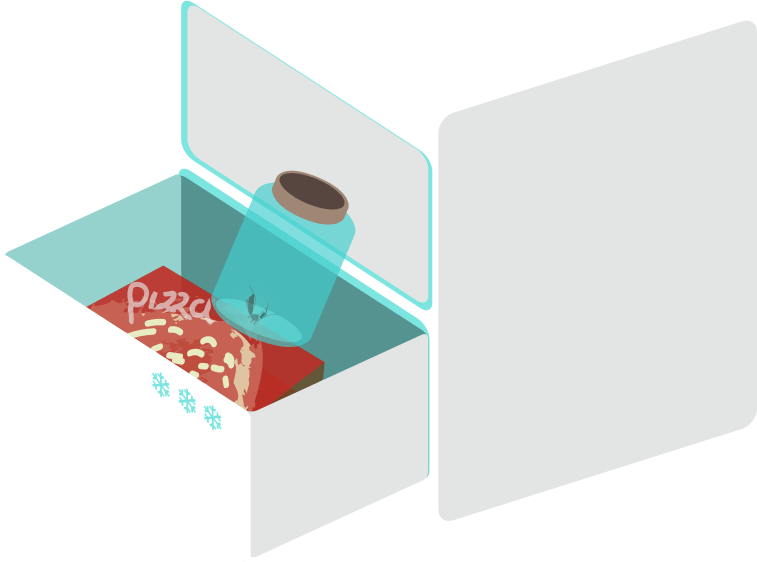
2. Freezing
Put the container into the freezer over night to kill the mosquito. In case of visible humidity in the container after removing from the freezer, leave it open until dry. Print the submission form and add the data corresponding to your catch.
3. Submitting
If necessary, transfer the dead mosquito without touching it to an unbreakable closable container that is more adequate for postal service such as a film can or matchbox. Do not forget to add the filled submission form to the package. Please provide sufficient postage so that the submission will reach us.
Send your prey to:
Leibniz-Zentrum für Agrarlandschaftsforschung e.V.
„Mückenatlas“
Eberswalder Straße 84m
15374 Müncheberg
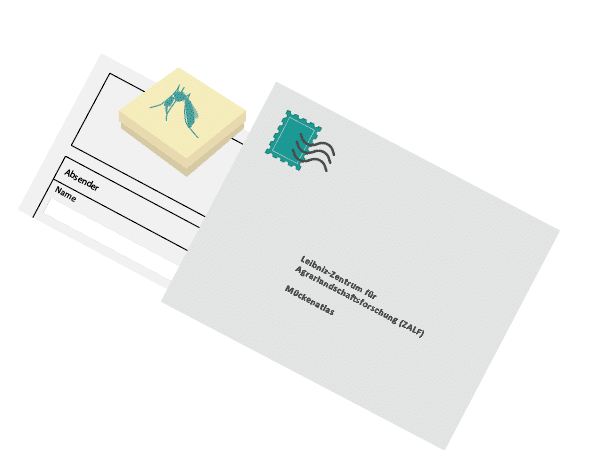
FAQs about participation
You need to tick the „Ja“ („yes“) box on the form, asking you „Soll Ihr Name oder eine Alternative auf der Karte der Sammler erscheinen?“ (Do you want to have your name published at the collection site on the Collector’s Map?). Your affirmation gives us permission to connect your name with the spot on the map.
A biting mosquito has a slim and delicate body, six long legs and two membranous wings.
Its head shows two more or less hairy antennae and – quite characteristic – a long needle-like piercing organ.
Unfortunately not, as we cannot match submission form and catch when sent separately.
It is the easiest way for us to reply to you as our project budget does not include postage costs.
If you provide us with sufficient information about the site (e.g. the address), we will be able to locate it.
Only when the catching sites differ. Otherwise, one submission form is enough for all animals you catch at the same site.
We receive thousands of submissions, especially in the summer months. Also, the Mückenatlas is one of several research projects. Thus, it might take some weeks to identify your catch and to reply. But we will not forget you, we promise!
No, you only need to freeze the insect to kill it. For mere sending, it is not necessary to have it frozen. However, if you detect signs of humidity (condensation) in the container after thawing, leave it open until the moisture has evaporated to prevent mould formation.
Our research

Contact
The Mückenatlas is a collaboration between the Leibniz Centre for Agricultural Landscape Research (ZALF) and the Friedrich-Loeffler-Institut (FLI), Federal Research Institute for Animal Health.
Leibniz Centre for Agricultural Landscape Research (ZALF) e.V.
Dr. rer. nat. Doreen Werner
Working group ‘Biodiversity of Aquatic and Semiaquatic Landscape Features’
Eberswalder Straße 84
15374 Müncheberg
E-Mail: mueckenatlas@zalf.de
Friedrich-Loeffler-Institut (FLI), Federal Research Institute for Animal Health
Priv.-Doz. Dr. rer. nat. Helge Kampen
Institute of Infectology (IMED)
Südufer 10
17493 Greifswald – Insel Riems
E-Mail: mueckenatlas@fli.de
Please use our contact form to connect with us.


